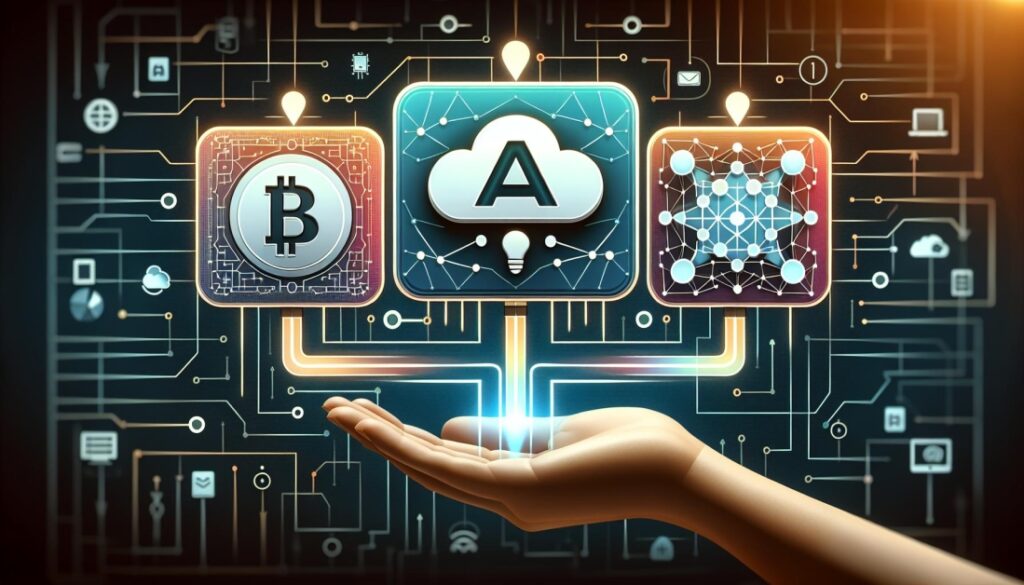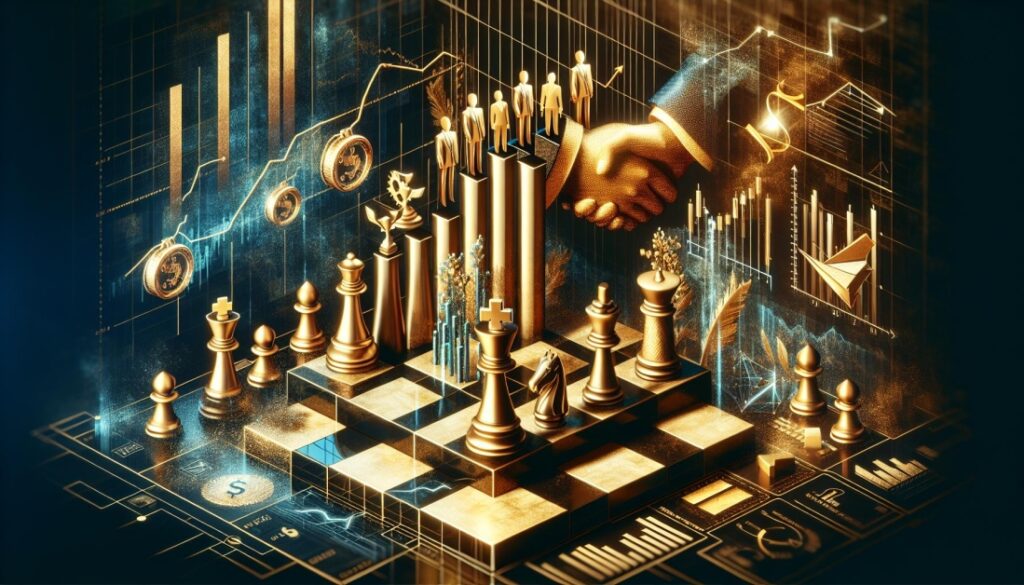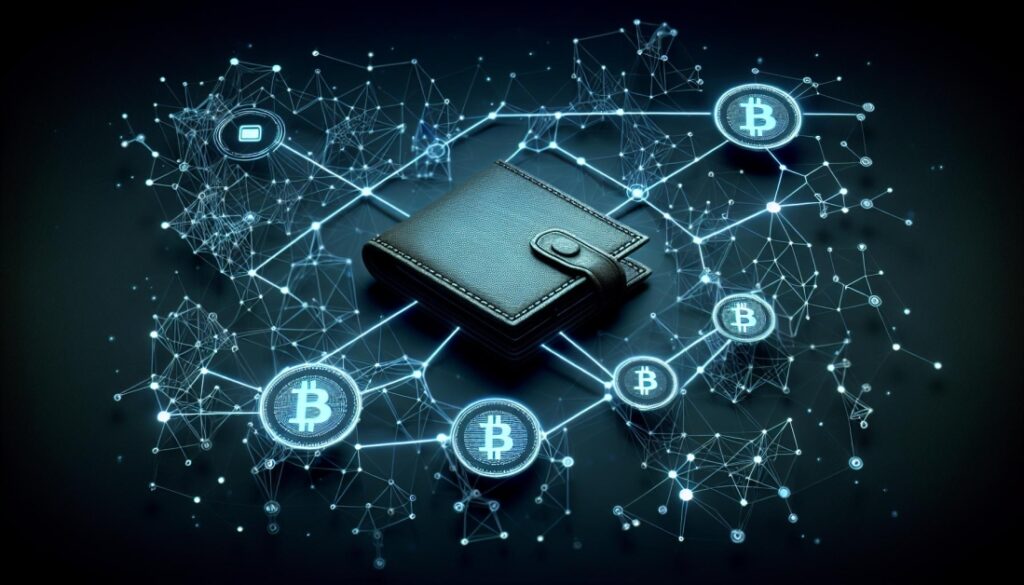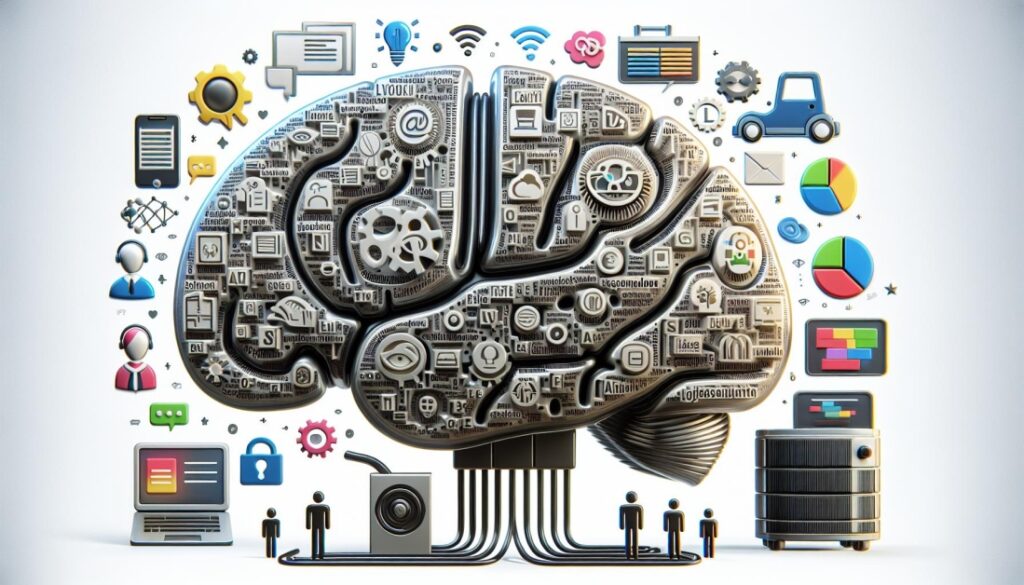AWS Dependent Blockchains Do Not Bring Transparency to AI

Many people wonder what the future holds for artificial intelligence. AI has shown that it can transform many industries. However, the lack of transparency and trust is a major obstacle to large-scale adoption.
Blockchain-based decentralized computations can help alleviate current trust issues. However, there is a catch.
Dominic Williams, Founder and Chief Scientist of the DFINITY Foundation, is a non-profit organization that conducts research and development and was a major contributor to the Internet computer.
There is currently little evidence and no real way to validate the data sources that an AI model uses, what data the model collects and how it affects the accuracy and the model.
Due to a general lack of trust, users at all levels will not have confidence in using these models until there is a sea change towards transparency of AI and the infrastructure on which it is based.
AI and blockchain technologies can be integrated to create synergies that enhance both technologies.
Lack of processing power means most blockchains lack the infrastructure needed to support AI models. AI relies on large data sets and computing resources. The fact that most blockchains are not fully decentralized is a major factor in computing power limitations.
Many of the blockchains most commonly used today rely on a centralized cloud infrastructure. Google Cloud and Amazon Web Services, both cloud-based services, impede the blockchain’s ability to process and store data at the speeds demanded by AI.
The current attempts to integrate AI into the blockchain are not what they seem, despite negative headlines. The current integrations result in the AI running INSIDE the blockchain and not the desired AI ON the blockchain.
These “blockchain AI projects” are based on core infrastructures and technologies that are largely centralized. They use plugins to connect centralized AI models to blockchains on centralized cloud networks. It defeats the point of using blockchain technology to improve AI as it fails to address the issues of transparency and trust.
AI models can be run in smart contracts using a full/fully decentralized blockchain like The Internet Computer, the network I’ve built with computing power at least equal to that of Web2 cloud servers. The training parameters and inputs used to build large language models are open source and cannot be manipulated. For AI integration on the blockchain to be possible, we need blockchains that can process data at similar speeds to the Web2 cloud, which is only possible with full decentralization.
AI models can themselves be hosted on blockchains, allowing AI systems to take advantage of inherent decentralization and increase transparency in every aspect of their model. AI on blockchain is therefore the next logical step for long-term success, as blockchain increases the accountability, security and credibility of AI, leading to more trust among users.
There are still some misconceptions about how the two technologies can work together. Until these are clarified, the growth of the AI ecosystem will not reach its full potential.
Realizing the full potential of AI requires a truly decentralized blockchain network. It must be able to store and process data so that complete models can run without restrictions within smart contracts. These decentralized systems like ICP will allow AI to operate as an autonomous cloud and transform the AI landscape.
For example, consider an AI model built for medical professionals. This model is widely used but gives unreliable answers. This is because it is difficult to verify what data was used and what model the model is based on.
This model is centralized and only produces outputs. It offers no insight into the inputs. However, in a decentralized environment, the large-language AI model can be built solely on the basis of reputable medical textbooks and databases of medical research articles.
The doctor can see the whole process when interacting with the AI. Cryptographic evidence also confirms the content the AI was trained on. The generated response is verified and doctors can trust it.
This is just one example of many showing why decentralization plays a crucial role in building trust in AI models. AI on the blockchain ensures transparency by operating in an open, public environment. Users can understand how their data was used.
Additionally, AI applications on the blockchain can access and contribute to the same data, creating a collaborative ecosystem within the blockchain. Blockchains are secure and tamper-proof, so this data can be used for malicious purposes.
The collaboration between AI and blockchain presents a unique opportunity to advance these technologies and encourage more reliable and trusted information sharing.
This integration addresses trust and transparency concerns, resulting in a more transparent and reliable digital ecosystem. The promise of AI on the blockchain is immense, with seamless integration, tamper-proof open-source smart contracts, and fast content creation for metaverse and games, as well as decentralized social media.
AI and blockchain are a powerful combination that will take us to a more decentralized world.





